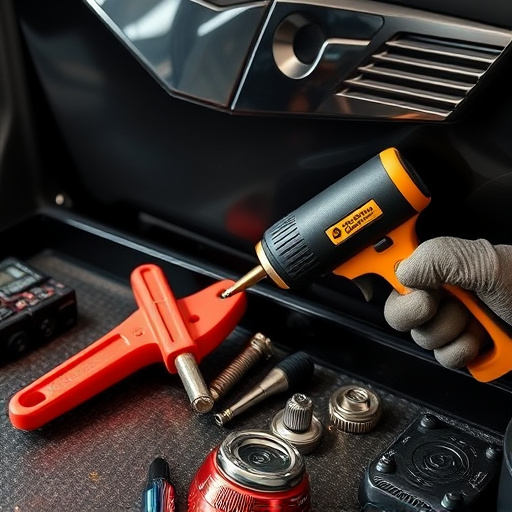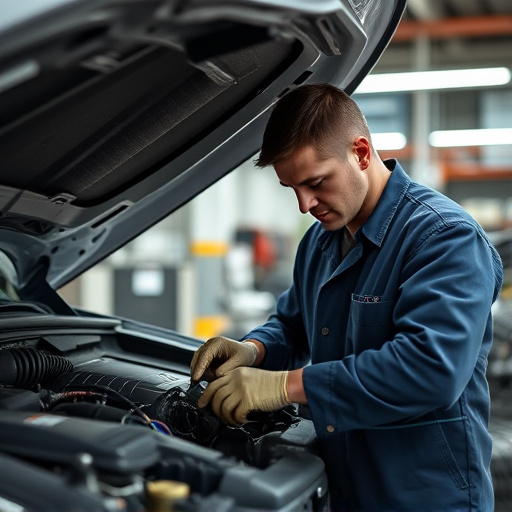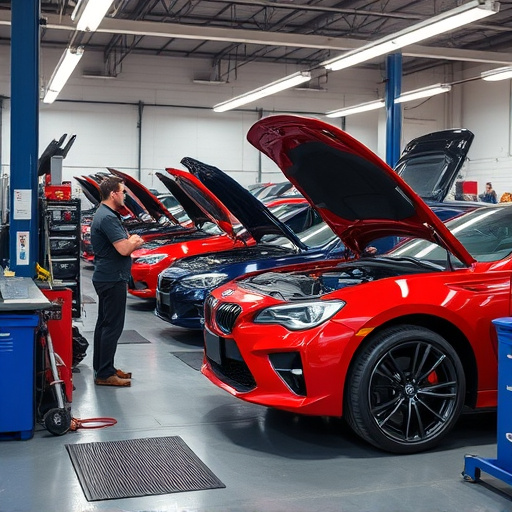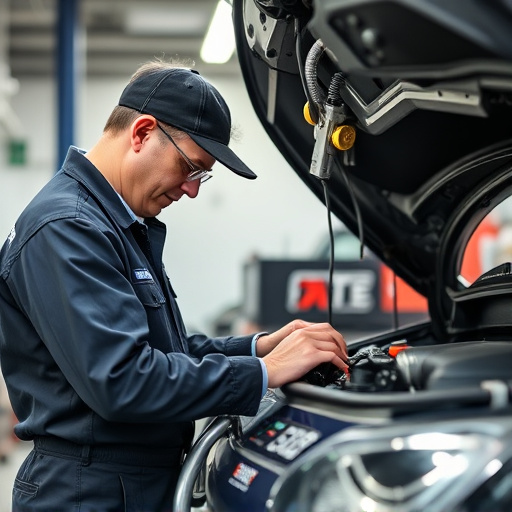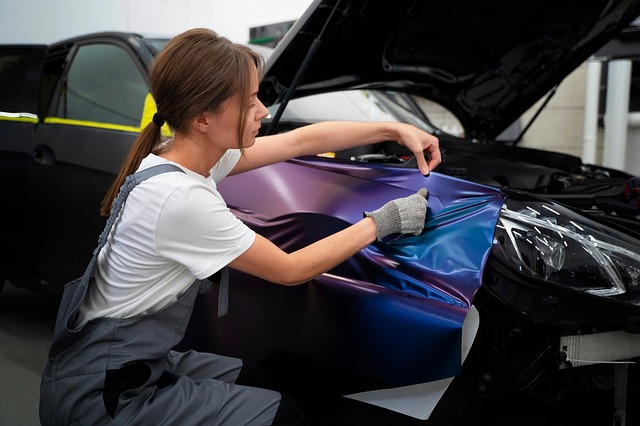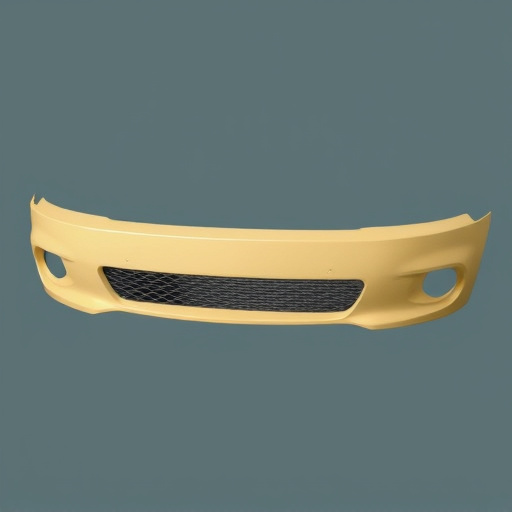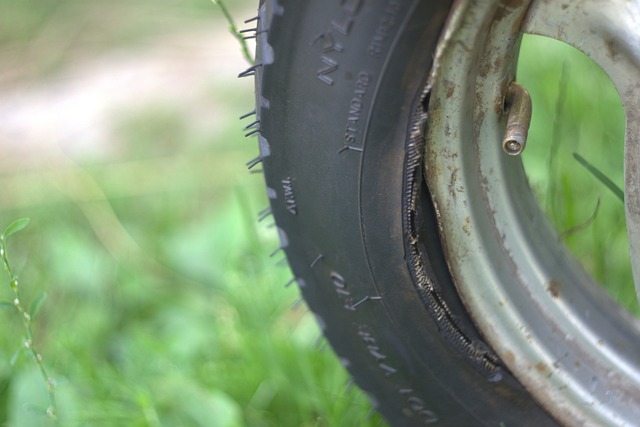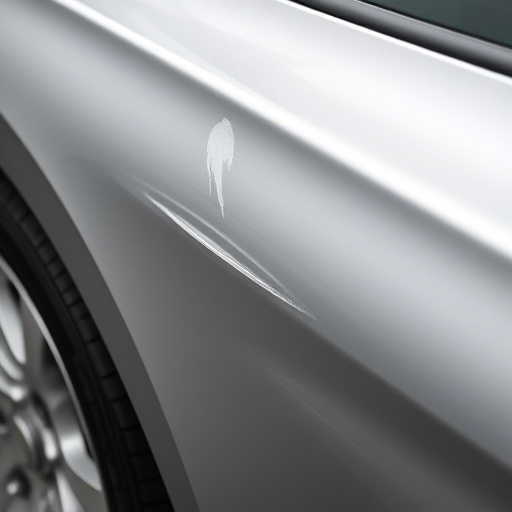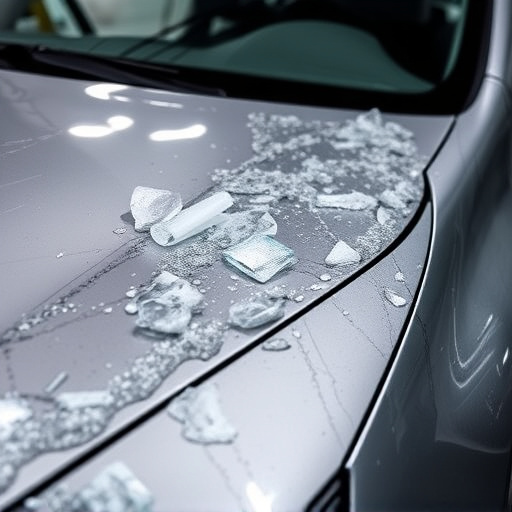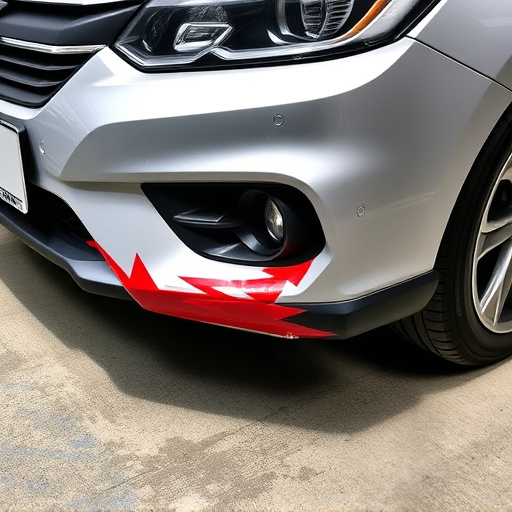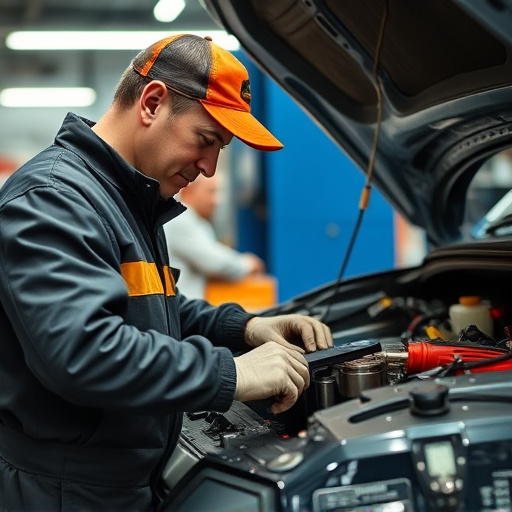The evolution of technology has drastically improved seat repair collision damage services, employing advanced tools like 3D scanning, CAD software, and AI-powered robots. These innovations enable precise, efficient repairs with faster turnaround times and superior quality outcomes, particularly for luxury vehicles. Integrating these digital tools enhances customer satisfaction through transparent pricing and timelines, while AI and autonomous technologies promise to further revolutionize the industry with 24/7 operation and enhanced productivity.
Technology is revolutionizing the landscape of seat repair collision damage services, enhancing efficiency and precision. This article explores the evolution of seat repair techniques through digital innovation. From advanced scanning tools that accurately assess collision damage to AI-driven solutions promising autonomous repairs, the industry is undergoing a transformative metamorphosis. We delve into these developments, highlighting how technology is not only streamlining processes but also ensuring indelible quality standards in seat repair services.
- The Evolution of Seat Repair Techniques with Technology
- Digital Tools and Their Impact on Collision Damage Assessment
- Future Prospects: AI and Autonomous Seat Repair Solutions
The Evolution of Seat Repair Techniques with Technology
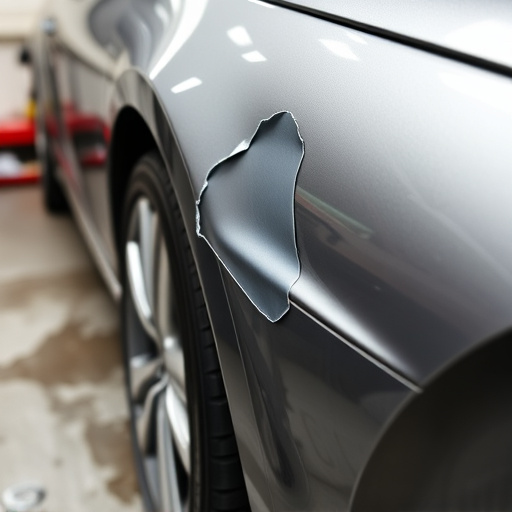
The evolution of technology has brought about significant advancements in the field of seat repair for collision damage services. Traditional methods have been revolutionized by innovative tools and techniques, enabling technicians to deliver precise and efficient repairs. Automated systems and advanced software now play a pivotal role in streamlining the process. These technological breakthroughs allow for more accurate assessments, faster turnaround times, and superior quality outcomes.
Modern technology offers a range of benefits, from high-precision instruments that can meticulously fix torn fabrics to specialized adhesives and materials that ensure structural integrity. Moreover, digital design programs facilitate the creation of customized solutions for complex damage cases. This level of technological integration in car bodywork services, particularly in luxury vehicle repair, has set new standards for excellence in the automotive industry, ensuring that vehicles not only look as good as new but also maintain their safety and performance.
Digital Tools and Their Impact on Collision Damage Assessment
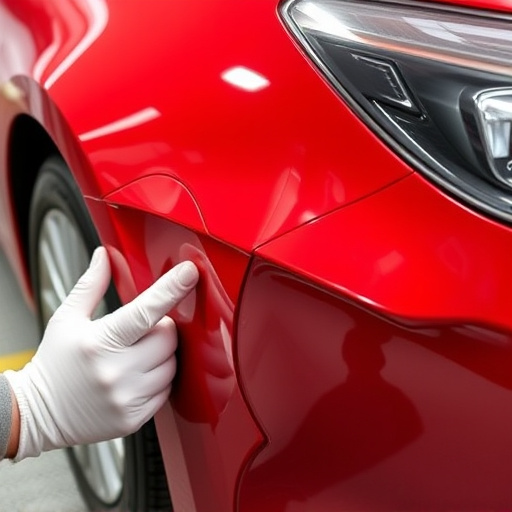
The advent of digital tools has significantly revolutionized seat repair collision damage services within the automotive body shop industry. Advanced technologies such as 3D scanning and computer-aided design (CAD) software enable precise measurement and analysis of car damage repair, ensuring accurate assessments and cost-effective solutions. These tools capture intricate details of auto body services required, from dents and dings to more complex structural issues.
By leveraging these digital innovations, professionals in collision damage repair can now provide more efficient and comprehensive estimates. This shift towards technology has not only streamlined the evaluation process but also improved customer satisfaction by offering transparent pricing and timelines. Moreover, it enables auto body shops to cater to a wider range of vehicle models with enhanced precision during seat repair and other collision damage restoration processes.
Future Prospects: AI and Autonomous Seat Repair Solutions
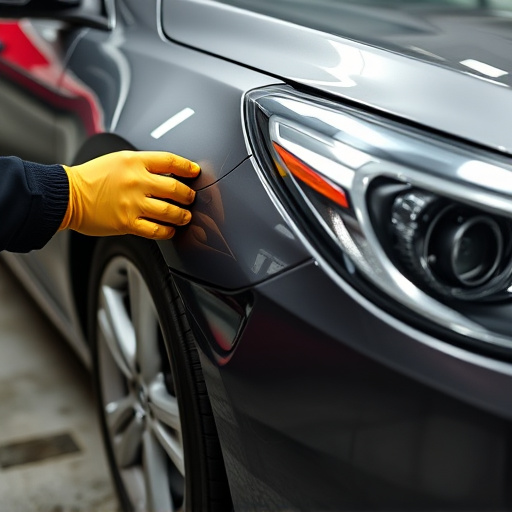
The future of seat repair collision damage services looks promising with advancements in artificial intelligence (AI) and autonomous technologies. AI-powered robots are being developed to handle intricate and precise tasks, such as replacing or repairing damaged parts within seats, offering a faster and more efficient alternative to manual labor. These robots can analyze and diagnose issues with remarkable accuracy, ensuring that only necessary repairs are made, which reduces costs for both customers and auto repair shops, including those specializing in Mercedes-Benz repair.
Autonomous seat repair solutions promise to revolutionize car repair services altogether. With AI and robotics leading the way, these systems can work independently, making them suitable for 24/7 operation. This not only enhances productivity but also guarantees consistent quality across all repairs, whether it’s a simple adjustment or a complex reconstruction. The integration of such advanced technologies in auto repair shops will undoubtedly set new standards for efficiency and precision in seat repair collision damage services.
Technology is transforming the landscape of seat repair collision damage services, offering more efficient and precise solutions. From advanced digital tools that streamline assessment to the potential of AI-driven autonomous repairs, the future looks promising for faster, cost-effective, and high-quality seat repair. As these innovations continue to evolve, we can expect even greater improvements in the industry, ensuring safer and more comfortable vehicles for all.
